UK scientists develop method to produce and identify boron nitride monolayers like graphene using simple laboratory techniques.


UK scientists develop method to produce and identify boron nitride monolayers like graphene using simple laboratory techniques.

Science-fiction becomes science fact: How bionanoelectronics will revolutionize the world through medical and computational advances.
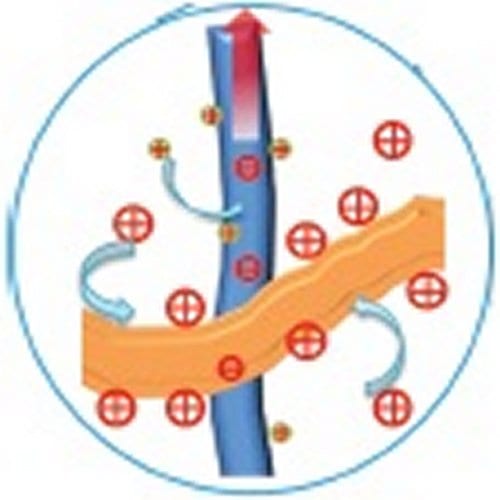
A supercapacitor with high power and energy density is made using nanocomposites containing carbon nanotubes.
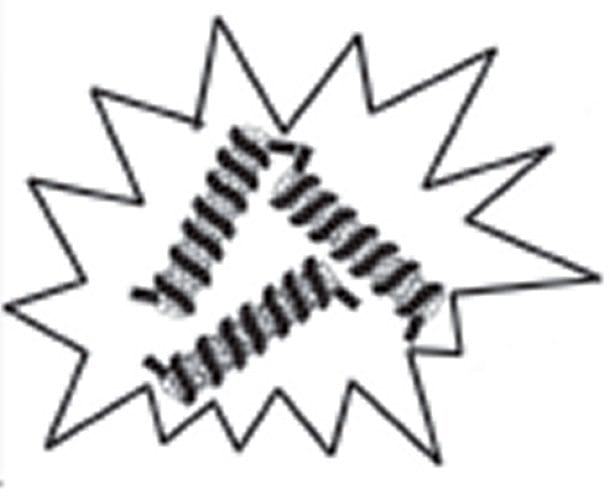
Nuclease activity can be detected by a simple, sensitive, and selective test based on light scattering of carbon nanotubes, with no need for a label.
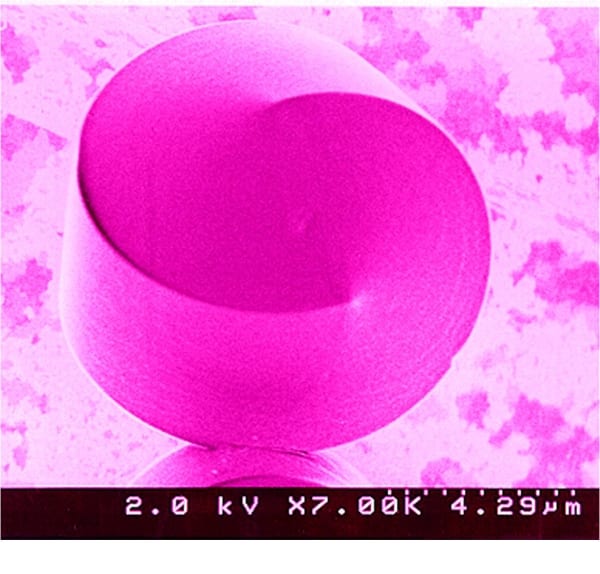
Professor Geoffrey Ozin from the University of Toronto discusses the endless possibilities of biomimicry and biotemplating.
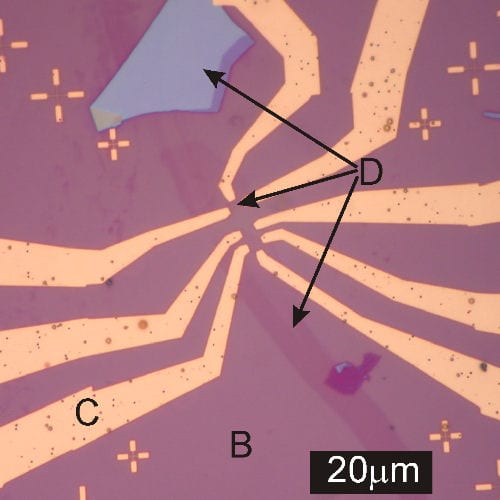
Nobel laureate Kostya Novoselov and his team open up graphene-based nanoelectronic devices by scanning probe lithography.
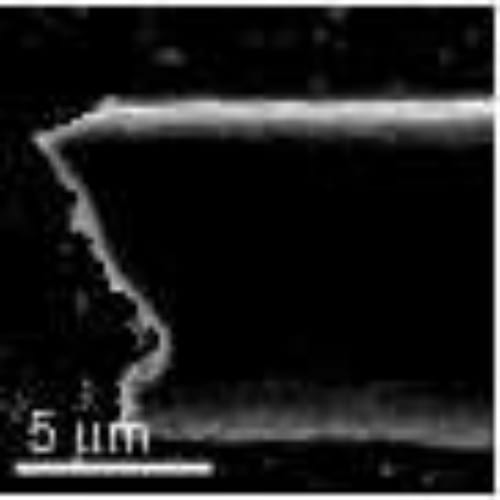
A rigorous study by British and Irish scientists demonstrates a clear relationship between alignment and loading of nanotubes in nanocomposites and the nanocomposite mechanical properties.
Professor Geoffrey Ozin from the University of Toronto shares his thoughts along with those of Professor David Antonelli from the University of Glamorgan, regarding the role that nanochemistry can play in the current hydrogen storage challenge.
French scientists have made light-sensitive memory devices by combining carbon nanotubes and silicon nanowires.
A team in Japan have made stronger than ever metal-carbon nanotubes junctions by nanowelding multiwalled carbon nanotubes to the contact surface.